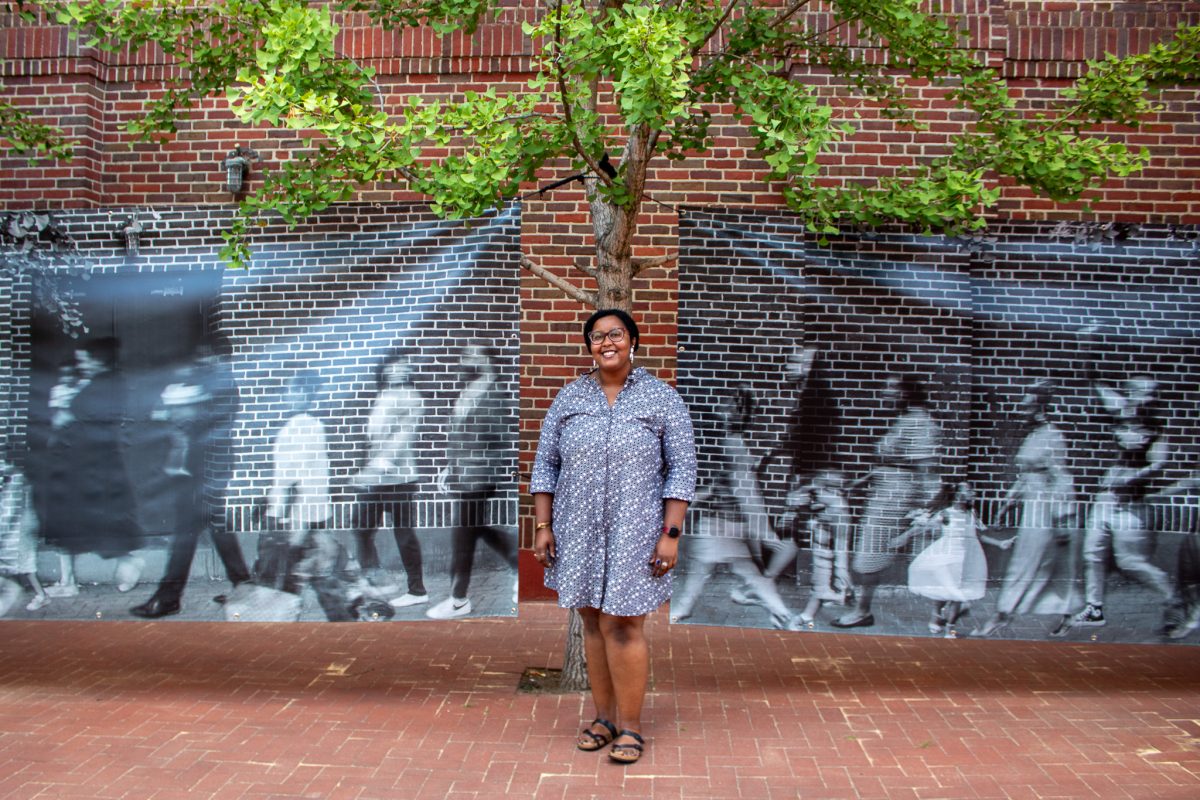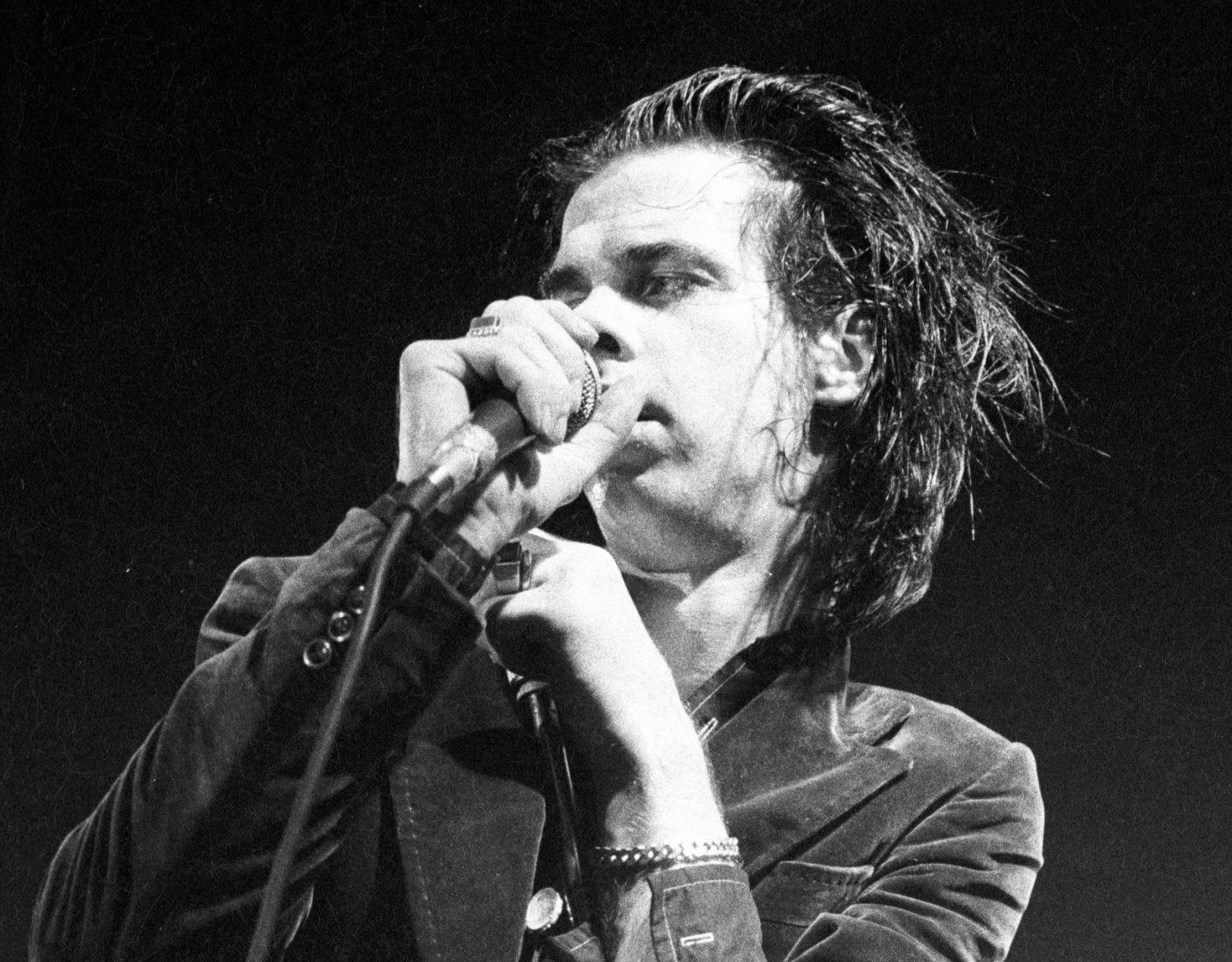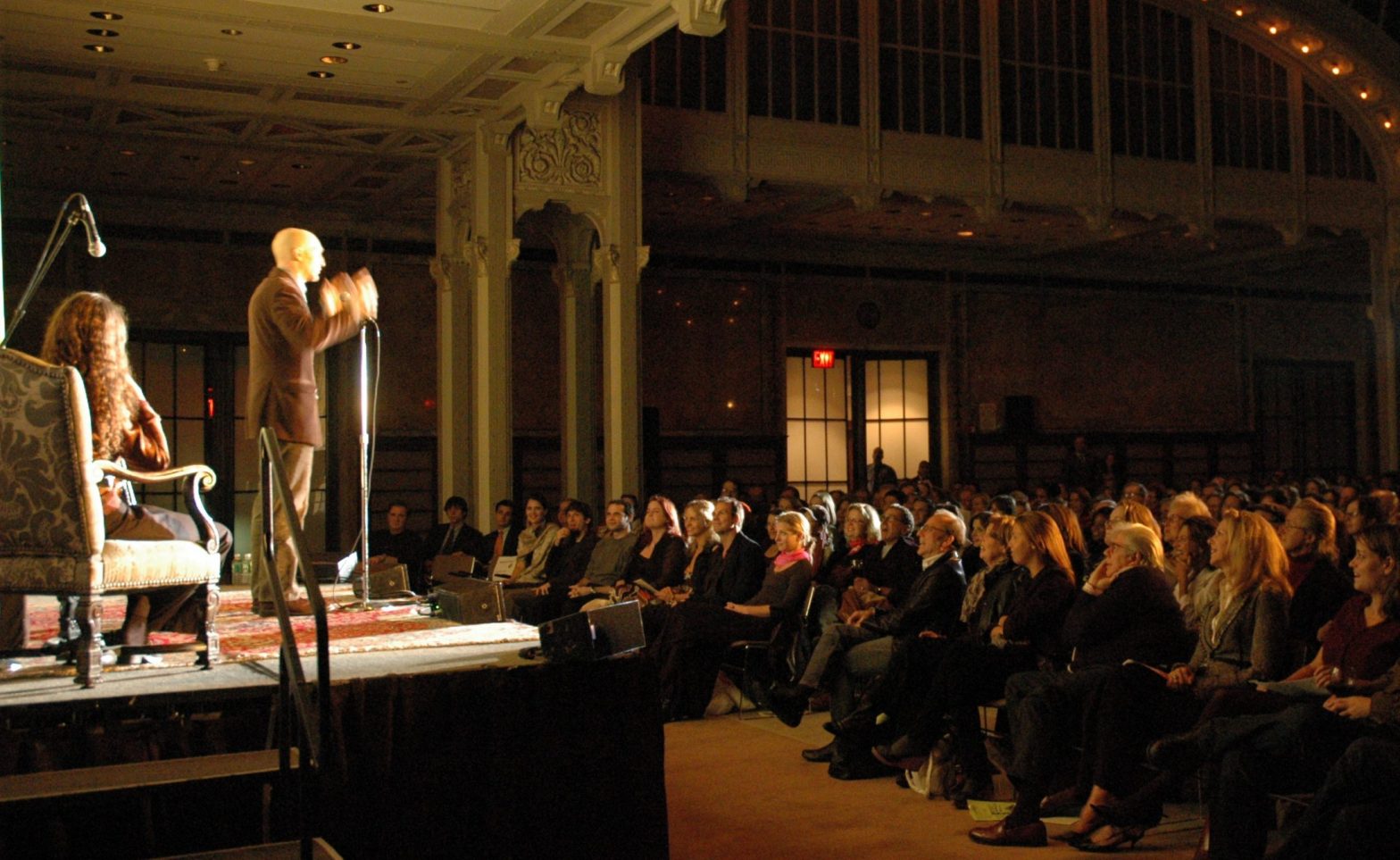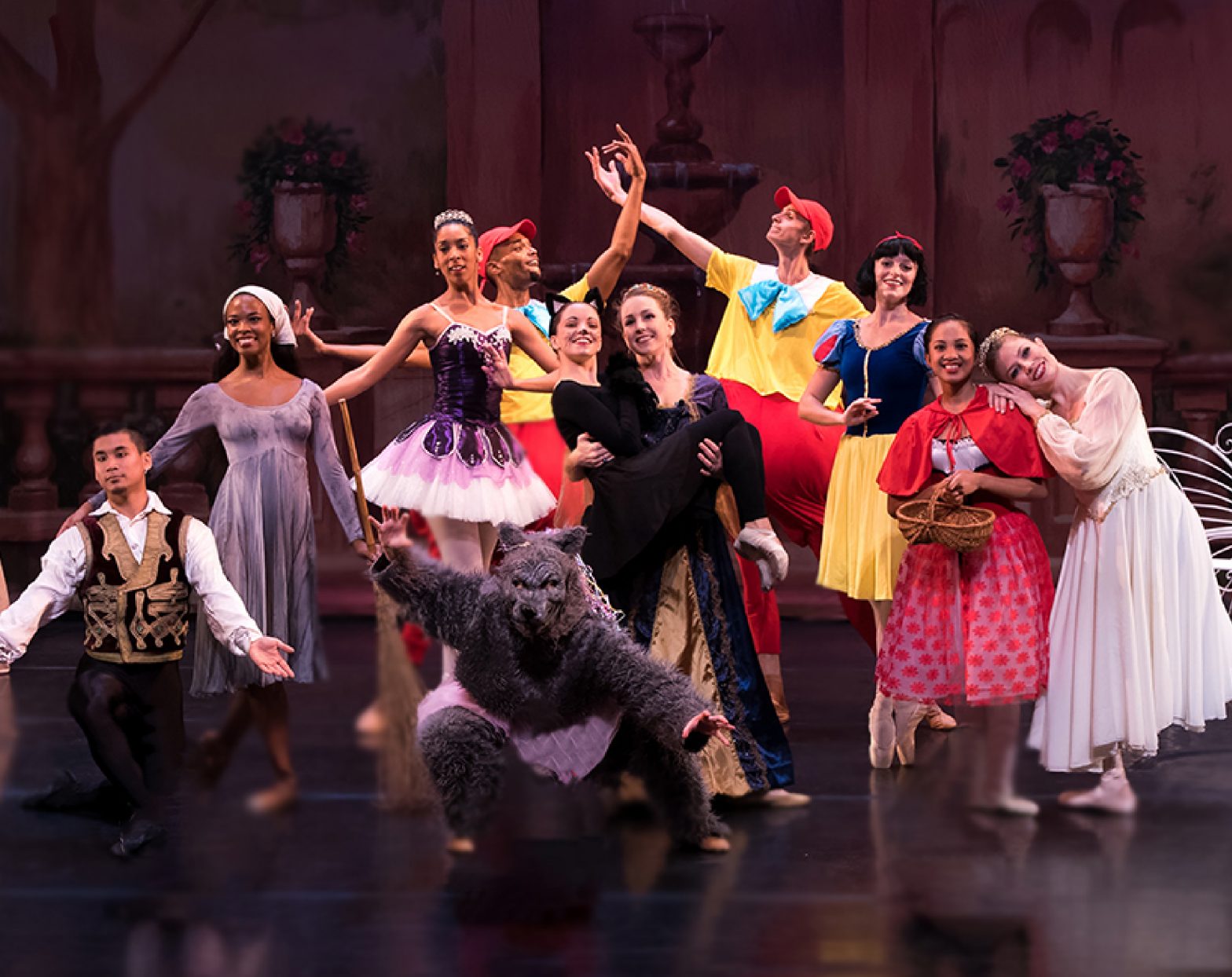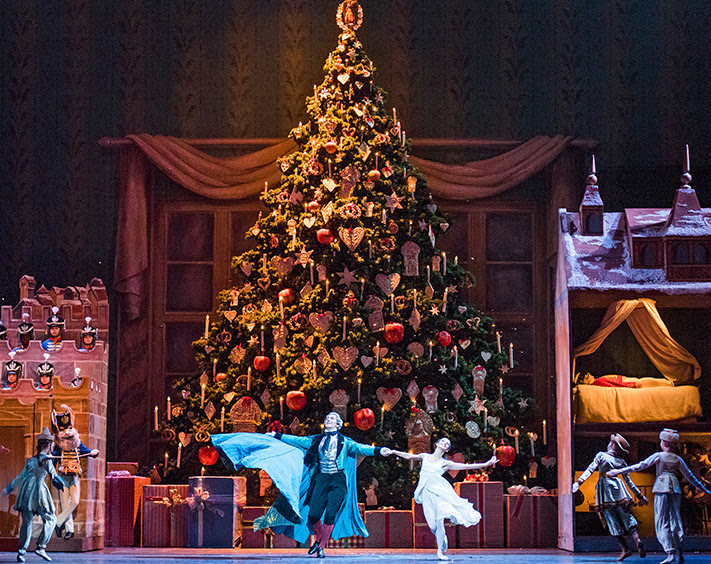On the 60th anniversary of the landmark Civil Rights Act of 1964, The Paramount Theater launched a new exhibition series to draw attention to a painful period in United States history. The Third Street Box Office Project connects the theater to the work of acceptance, acknowledgment, and education around the legacy of racism and segregation in the city of Charlottesville, the South, and our nation as a whole.
“The goal of the Third Street Box Office Project [is] to reimagine the space in a way that allows our community to take pause and understand the magnitude of the history of this space,” says the theater’s Executive Director Julie Montross. “To reflect on the past injustices that the Civil Rights Act was meant to address and to look forward and consider the tremendous amount of work that still needs to be done. Our goal was also to invite the community to take an active role in this exercise.”
The theater opened in 1931 as a segregated building that required Black patrons to use a separate entrance on Third Street, restricting them to balcony seating with access to concessions and restrooms separate from white patrons, who entered the theater with convenience from Main Street.
Now, three local artists have been invited to mount work that initiates dialogue and fosters conversations around the past, present, and future of racial equality in our community. Each exhibition will run for three weeks, with Kori Price’s “Walking Dualities” on view from July 2–23, Tobiah Mundt’s “Shadows of the Past” from July 30–August 20, and Nick Brinen’s “Ascending Light” from August 27–September 17.
“I think the most important thing that I want to relate to people who come to visit the exhibition is the immediacy of the past and of history,” says Price. “It’s important that we keep around certain historical places and objects—like the Third Street box office—so that we can continue to bear witness to our city and country’s past of discrimination and inequality and understand that we have so much more work left to do.”
Unfortunately, an act of vandalism targeting Price’s artwork that occurred overnight between July 6 and 7 left “Walking Dualities” temporarily asunder. But the artist acted quickly, and in an inspired maneuver, she was able to reinstall the three photographic banners that comprise the exhibition with a nod to art history. In a social media post shared by the Paramount, Price explains, “It was important to me to repair and re-install my art as soon as possible and make sure that I didn’t hide the damage that had been done.” Inspired by the Japanese ceramic art tradition of Kintsugi, a method of repairing broken ceramics with lacquer and gold or silver dust, Price applied gold leafing to the damaged areas, creating “a metaphor for resiliency, fortitude, and healing.”
The gold accents that now adorn “Walking Dualities” weave in notions of value, soft strength, and the beauty within perceived imperfections. Their contrast with the black and white images create points of focus without distraction. They acknowledge violence but rise above it. Price’s exhibition is as much an occupation of space as a reclamation of one. The figures in her photographs are in motion but remain unmoved. The artistic techniques of trompe l’oeil and forced perspective utilized by the artist to place these figures in situ invite viewers to see themselves in relation to the bodies within Price’s banners. Here, the artwork puts the onus of understanding into a corporeal state, where mind and body reconcile meaning.
To help facilitate its commitment to showcasing the visual arts, the Paramount consulted with its neighbor, the nonprofit organization New City Arts. Executive Director Maureen Brondyke says her organization helped with the “nuts and bolts” of putting together the open call for exhibition proposals for the Third Street Box Office Project, including collaborating on the timeline and logistics of the call to ensure support for artists who might apply. NCA and the Paramount also encouraged applicants to consider how to honor the legacies of Black patrons forced to use the Third Street entrance and what capacities the historic landmark holds for “truth-telling” and “reimagining.”
The arts afford us opportunities to contextualize, recontextualize, and perform history in ways that break down barriers and connect individuals and communities across time and space. They allow us to be aspirational, reflective, and reflexive. The arts enable us to both effect and be affected—emotionally, spiritually, intellectually. These facets are at the heart of endeavors like the Third Street Box Office Project. As Brondyke affirms, “We believe that a vibrant community includes an abundance of arts and culture spaces, and that collaboration between these spaces creates a network of support needed for local artists to thrive and move our community toward a more just, beautiful future.”
